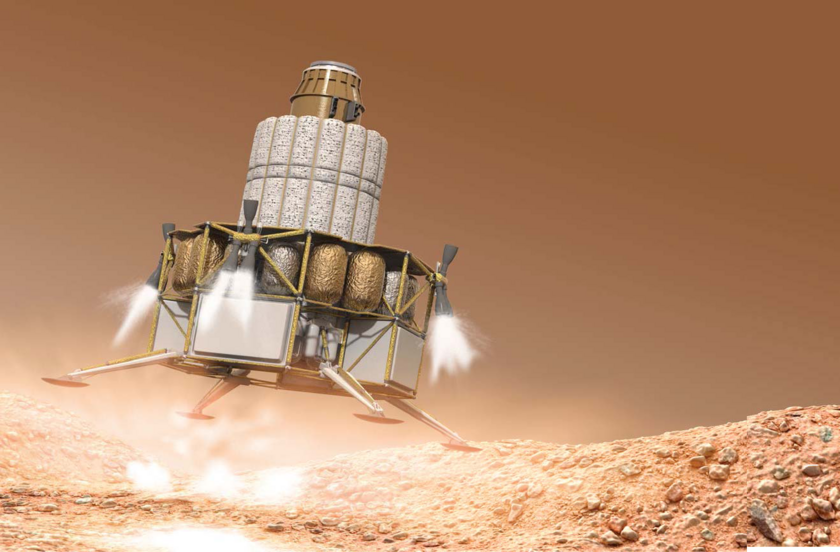Building on the success of NASA’s partnerships with commercial industry to date, NASA has selected 12 Next Space Technologies for Exploration Partnerships (NextSTEP) to advance concept studies and technology development projects in the areas of advanced propulsion, habitation and small satellites.
Through these public-private partnerships, selected companies will partner with NASA to develop the exploration capabilities necessary to enable commercial endeavors in space and human exploration to deep-space destinations such as the proving ground of space around the moon, known as cis-lunar space, and Mars.
Selected advanced electric propulsion projects will develop propulsion technology systems in the 50- to 300-kilowatt range to meet the needs of a variety of deep space mission concepts. State-of-the-art electric propulsion technology currently employed by NASA generates less than five kilowatts, and systems being developed for the Asteroid Redirect Mission (ARM) Broad Area Announcement (BAA) are in the 40-kilowatt range.
Habitation systems selections will help define the architecture and subsystems of a modular habitation capability to enable extended missions in deep space. Orion is the first component of human exploration beyond low-Earth orbit and will be capable of sustaining a crew of four for 21 days in deep space and returning them safely to Earth.
These selections are intended to augment the Orion capsule with the development of capabilities to initially sustain a crew of four for up to 60 days in cis-lunar space with the ability to scale up to transit habitation capabilities for future Mars missions. The selected projects will address concepts and, in some cases, provide advancement in technologies related to habitation and operations, or environmental control and life support capabilities of a habitation system.




